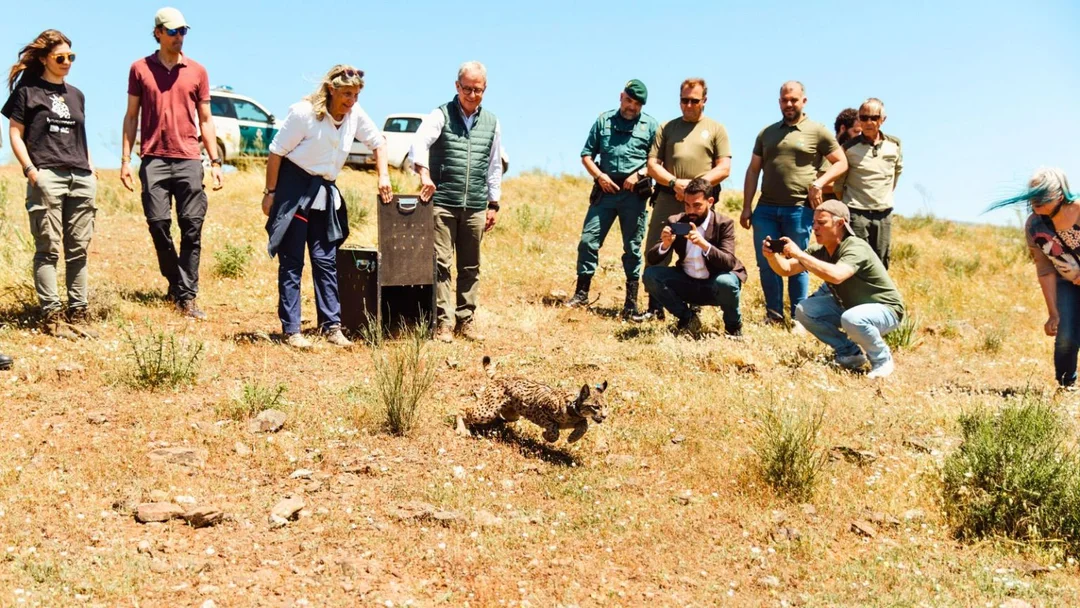
The Brave Journey of the Iberian Lynx: From the Brink of Extinction to a New Hope
In a moment that symbolizes hope for conservation efforts, Vírgula, a one-year-old Iberian lynx, made her daring escape from captivity into the wilds of Extremadura, Spain. This spectacular event underscores a critical chapter in the ongoing saga of rewilding efforts for a species that was once perilously close to extinction.
The Iberian lynx, notable for its striking ear tufts and eye-catching coat, faced dire circumstances at the turn of the century, with a bleak population of fewer than 100 individuals. These magnificent creatures were primarily threatened by habitat destruction, hunting, and a dramatic decline in their primary prey—the rabbit.
Recognizing the urgent need for intervention, a collaborative initiative named LIFE Lynx Connect was introduced, supported by the European Union and various regional governments. This multi-million euro program dedicated itself to breeding lynxes in captivity and releasing them into carefully monitored environments rich in rabbits. Since 2005, these conservation efforts have witnessed a remarkable turnaround, with recent censuses boasting a population of 2,021, transitioning the Iberian lynx from a state of imminent extinction to a vulnerable status as classified by the IUCN in 2024.
Yet, as Vírgula ventures into her new life, challenges remain. The impending conclusion of the LIFE Lynx Connect project in 2026 raises concerns about the future of these rewilded cats. Farmers in regions like Catalonia and Aragon voice apprehensions, arguing against the introduction of another predator in the ecosystem despite evidence suggesting the lynx helps maintain rabbit populations. Mar Ariza, a local farmer, articulates this concern, referencing a study that indicates the lynx acts as a natural predator without significantly reducing the overall rabbit numbers.
In stark contrast to these fears, conservationists like Maria Jesús Palacios remain optimistic about the lynx's survival. Through ongoing dialogue with hunters and regional authorities, they aim to emphasize the lynx's ecological benefits—controlling populations of other predators such as foxes and martens. "We can illustrate to them that the lynx is not a pest, but a boon to nature's balance," Palacios asserts.
The Iberian lynx's journey is not just a tale of survival but a reflection of changing attitudes toward wildlife in Spain. As the late naturalist Felix Rodriguez de la Fuente famously promoted wildlife conservation, his legacy continues to illuminate the importance of coexisting with nature.
What does the future hold for the Iberian lynx? While uncertainties loom, voices from both conservation and farming communities are beginning to align. With continued efforts, future generations might just witness the thriving of this extraordinary feline.
As we reflect on this remarkable journey from the brink of extinction to a burgeoning population, we invite you to share your thoughts. Do you believe the conservation efforts for the Iberian lynx will succeed in securing its future? Let us know your opinions in the comments below.